| Structure | Name/CAS No. | Articles |
|---|---|---|
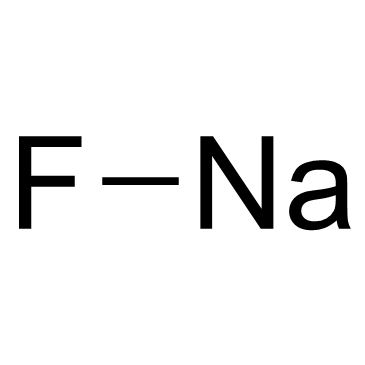 |
Sodium Fluoride
CAS:7681-49-4 |
|
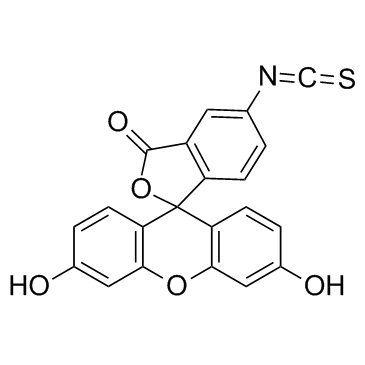 |
Fluorescein isothiocyanate
CAS:3326-32-7 |
|
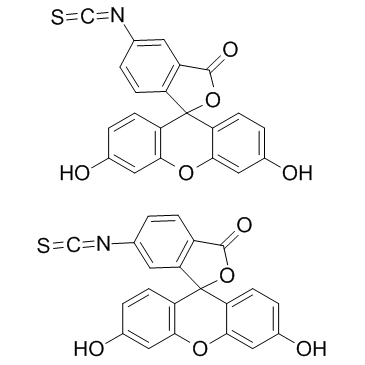 |
fluorescein 5-isothiocyanate
CAS:27072-45-3 |
|
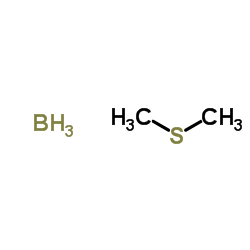 |
Di-methylsulfide borane
CAS:13292-87-0 |
|
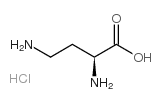 |
H-Dab.HCl
CAS:1482-98-0 |
|
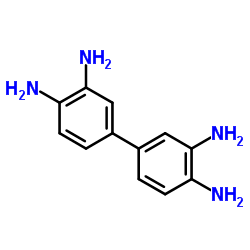 |
3,3'-diaminobenzidine
CAS:91-95-2 |
|
 |
Glycerol
CAS:56-81-5 |
|
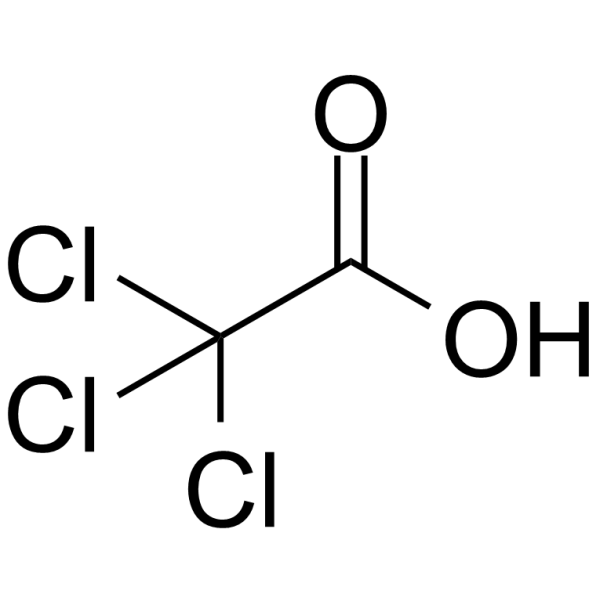 |
Trichloroacetic acid
CAS:76-03-9 |
|
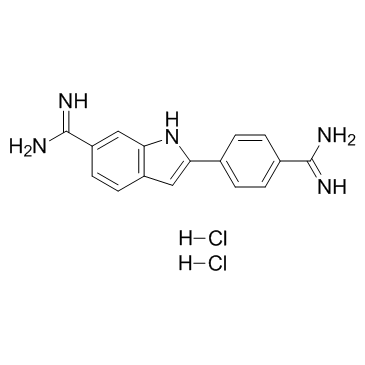 |
4',6-Diamidino-2-phenylindole dihydrochloride
CAS:28718-90-3 |